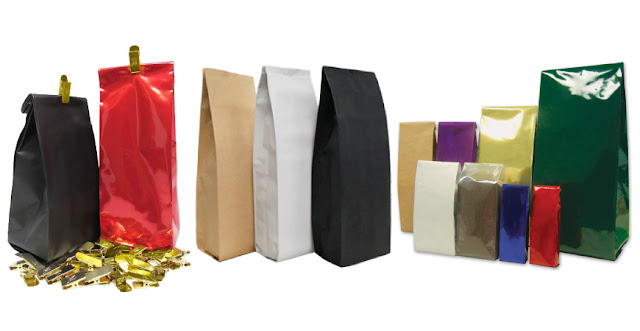Phenolic Resins Market: Technological Innovations Enhancing Performance and Durability
The phenolic resin market has been experiencing significant growth, driven by technological innovations that have enhanced the performance and durability of these versatile synthetic polymers. Phenolic resins are widely used in various industries, including construction, automotive, electrical, and aerospace, due to their exceptional properties such as high mechanical strength, heat resistance, chemical stability, and flame retardancy. Over the years, advancements in resin formulations and manufacturing processes have led to remarkable improvements in the overall performance and longevity of phenolic resins, expanding their range of applications and market potential.
One of the key areas of
technological innovation in the phenolic resins market is the development of
specialized formulations to meet specific industry needs. Manufacturers are
customizing phenolic resins to address the unique requirements of different
applications. For example, in the automotive industry, where lightweight
materials are sought after for improved fuel efficiency, researchers have
developed phenolic resins that offer high strength-to-weight ratios. These
lightweight composites find applications in the production of engine
components, interior parts, and body panels, contributing to the overall
efficiency and performance of vehicles.
According to Coherent Market Insights, the Global
phenolic resins market was valued at US$ 14605.0 Million in 2021 in
terms of revenue, exhibiting a CAGR of 4.84 % during the forecast period (2022
to 2030).
In the construction sector, the
focus has been on creating fire-resistant and eco-friendly phenolic resins.
These advancements have resulted in the production of phenolic foam insulation
materials that offer superior fire safety and energy efficiency. Such materials
are now widely used in building construction to provide thermal insulation
while minimizing the risk of fire hazards.
Technological innovations have
also led to the development of bio-based phenolic resins derived from renewable
biomass sources. With growing environmental concerns, manufacturers are keen to
produce more sustainable products. Bio-based phenolic resins not only reduce
the dependency on fossil fuels but also help in reducing the overall carbon
footprint of industries that utilize these resins.
Moreover, advancements in resin
curing techniques have enhanced the durability of phenolic resins. By
optimizing the curing process, manufacturers can achieve better cross-linking
between polymer chains, resulting in materials with improved mechanical
strength, chemical resistance, and dimensional stability. These enhanced
properties make phenolic
resins market suitable for demanding applications in harsh
environments, such as those encountered in the oil and gas industry.
In addition to formulation and
curing advancements, process innovations have also played a significant role in
improving the performance of phenolic resins. Modern production techniques
enable more precise control over the resin's molecular structure, leading to
better consistency and performance uniformity in the final products.
Overall, technological
innovations have propelled the phenolic resins market to new heights, enabling
the production of high-performance, durable, and eco-friendly materials. As
industries continue to seek materials that can meet evolving challenges,
phenolic resins are likely to remain a key player in various sectors. Continued
research and development efforts, along with advancements in manufacturing
technologies, will further enhance the capabilities of phenolic resins, making
them indispensable components in numerous critical applications.




Comments
Post a Comment